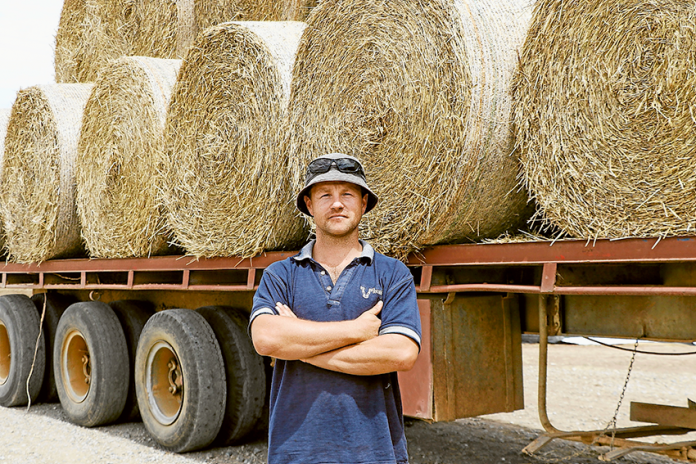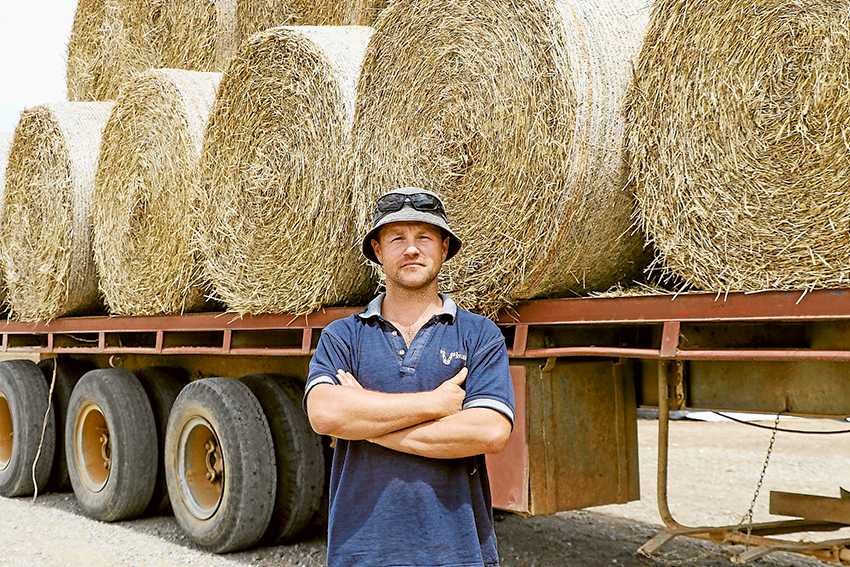

LOCAL residents and farmers are facing shocking rate rises this year with residential coming close to being akin with those found in high-end suburbs in Melbourne. But the pinch goes beyond residential properties, with rural farm rates seeing our farmers in a real struggle, particularly considering they are already under pressure from drought and high energy and water prices.
In Shepparton, the average residential rate per residential property for this year is $1,918.85 according to figures from the Victorian Government.
An average rate notice (commercial and residential) is $2,486 per annum in the City of Melbourne, with the average general rates charge for properties in Toorak, Prahran and South Yarra in 2018/19 being Toorak ($2,921.99), Prahran ($913.43) and South Yarra ($848.42).
Farm land rates for the 2017/18 year in Greater Shepparton brought in $6,432,701 with that increasing by 18.73 percent to $7,637,828 for the 2018/19 financial year.
Local farmer, Brad O’Shannessy has had almost a $200 increase for his 240 acre property in Cooma, with his 2017 rates at $4,496.20 and the rate increase for 2018 now seeing him having to fork out $4,668.95; a 3.8 percent increase.
Brad said, “You expect a bit of an increase in rates every year, but our water price has increased by 400 percent and grain price has increased by 100 percent. We run a business and we have to stick to a budget so with all of this coupled together, as well as the drought and milk prices, it makes things difficult for farmers like us.”
Even more astonishing is the increase experienced by local farmers in Dookie, the Tallis family who have seen a jump of 30 percent when comparing their 2017/18 and 2018/19 rates.
Richard Tallis said, “For a farm like ours with three occupied dwellings, our issue is we’re paying 30 times the rate of someone in a house in Shepparton and we get less services.
“A small farmer for a single operator property around Dookie could easily be paying $10,000 to $20,000 for their rates.
“The rural rate is too close to the residential rate. The rate per dollar value of the property is ridiculously high.
“Council could be a bit more even handed and share the load.”
Greater Shepparton City Council Manager Finance Rates, Matthew Jarvis CPA said, “The farm valuations across the municipality, across the state and nationally all experienced significant increases. The valuations are a big driver of determining what individuals pay in rates which is part of every council’s rating strategy.
“Something that isn’t made as clear or obvious is that we have a specific rate for farmers that is at a discount level. Residential is at 100 percent, commercial/industrial is at 205 percent and farms are at 90 percent. That’s council’s way of acknowledging that farmers need large areas to operate their farming business to generate income and takes into account the weather, drought and other things that impact that. That’s why there is a discount.
“Every ratepayer has the ability when they get their annual notice at the start of the financial year, they have roughly two months to object it.”





